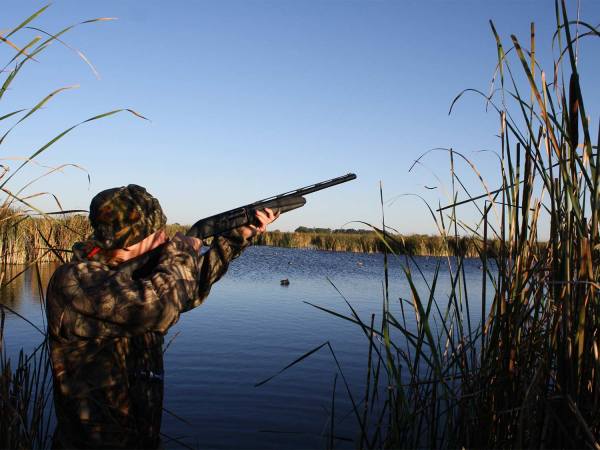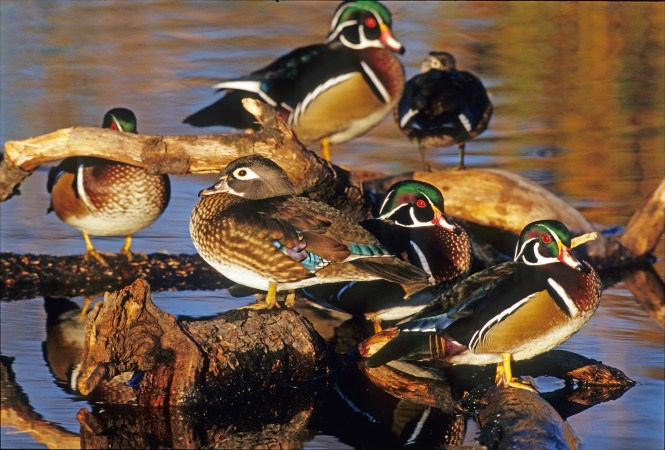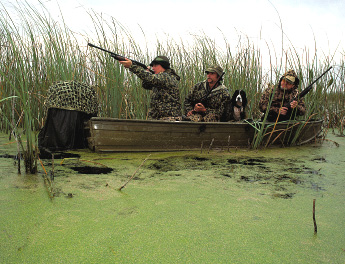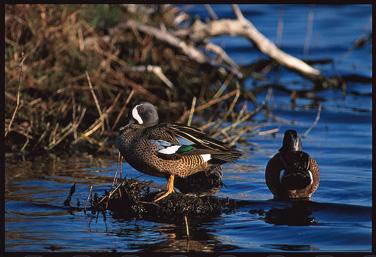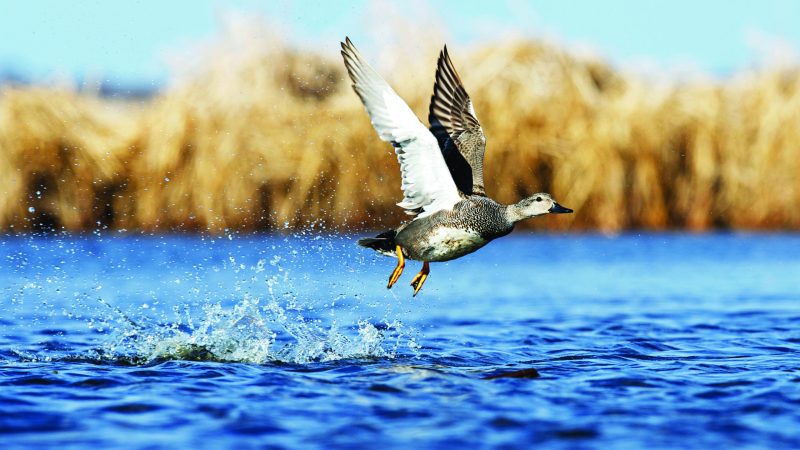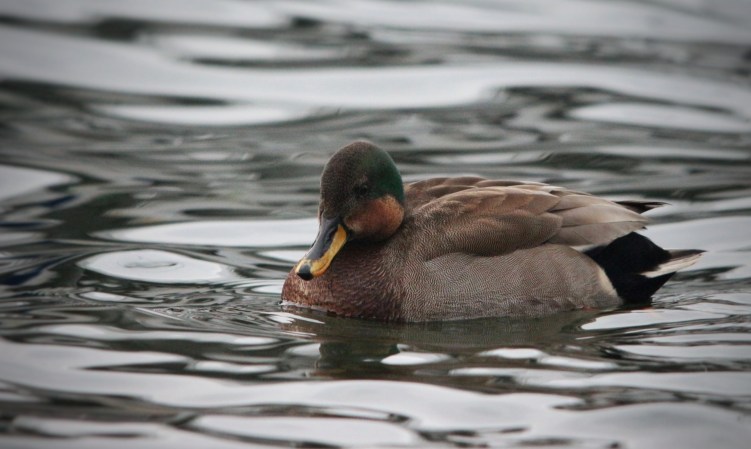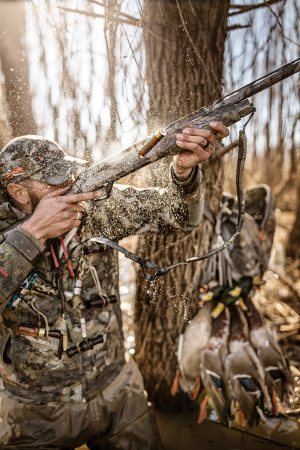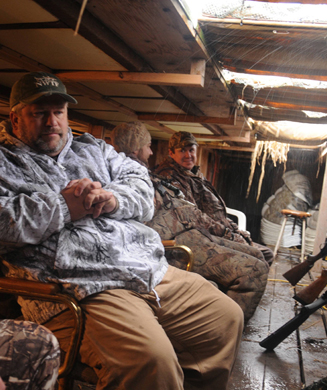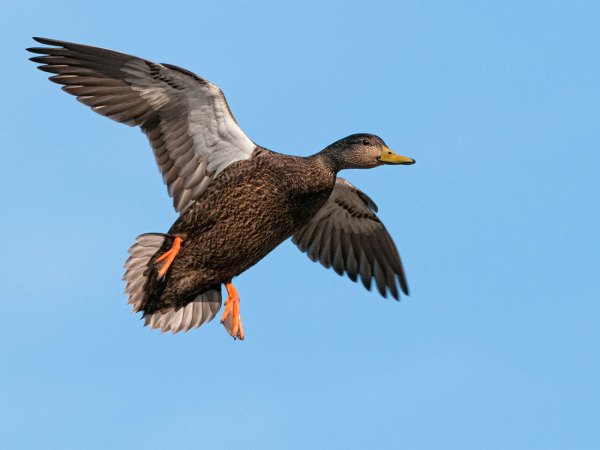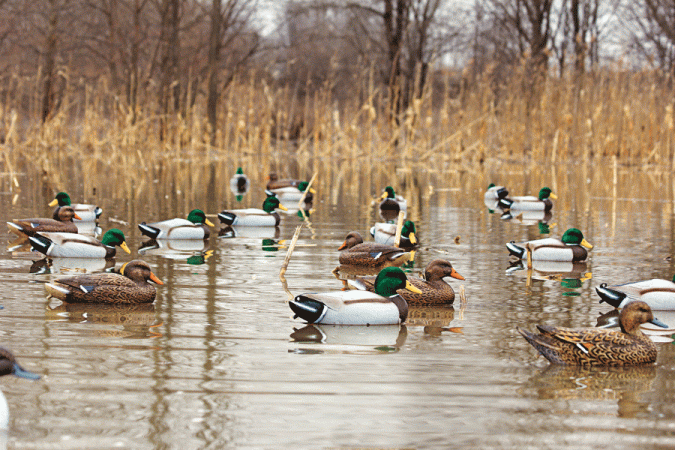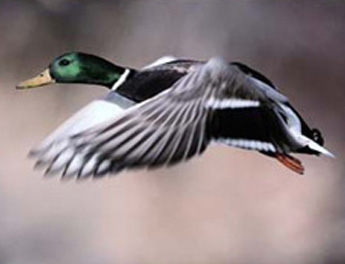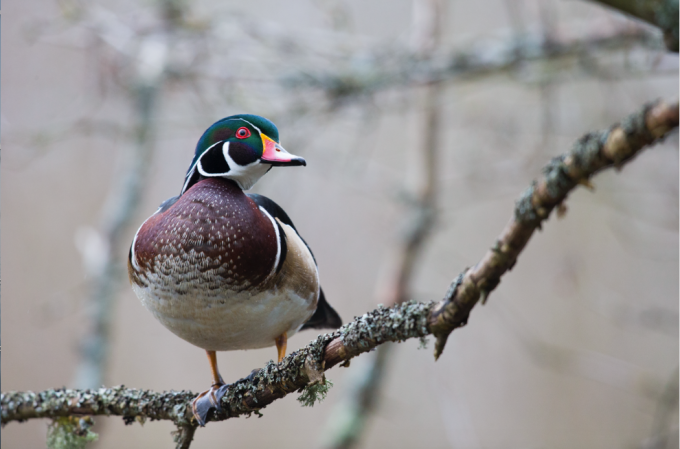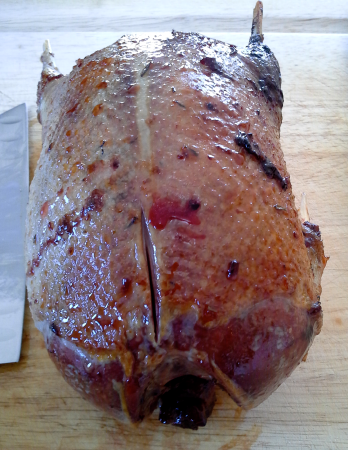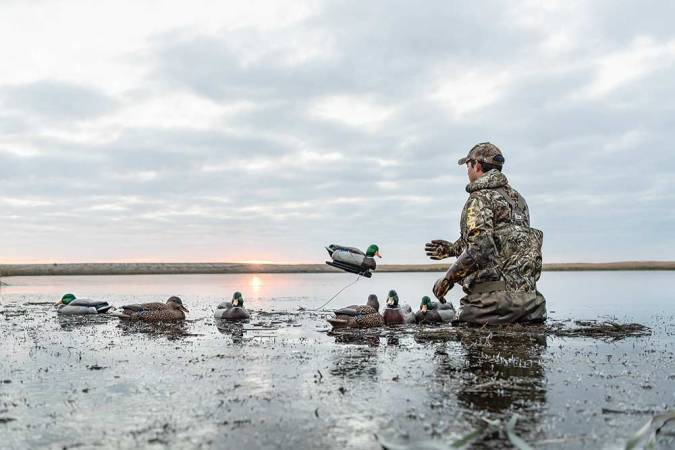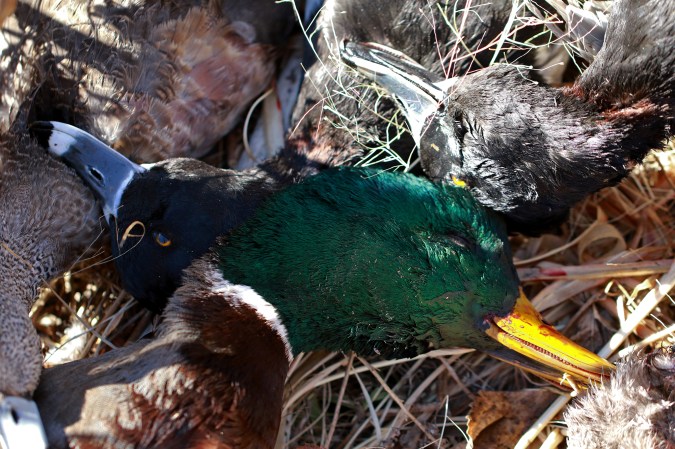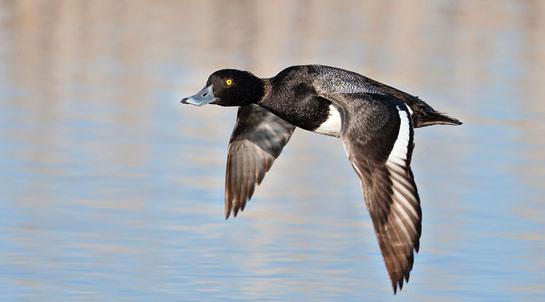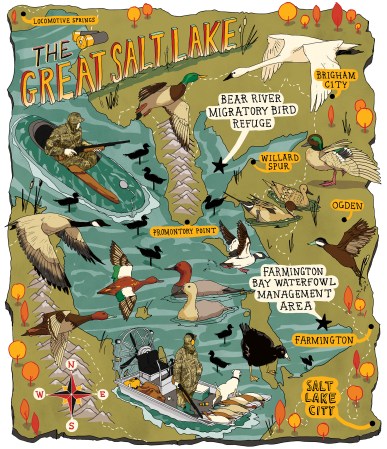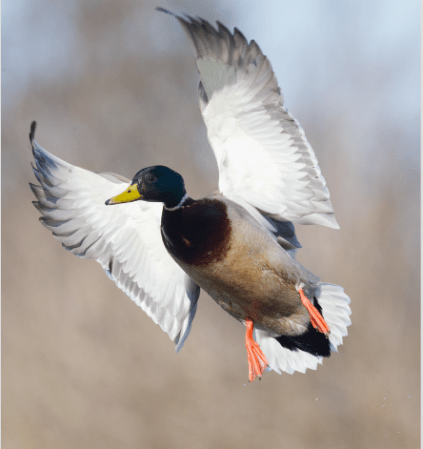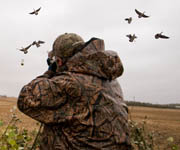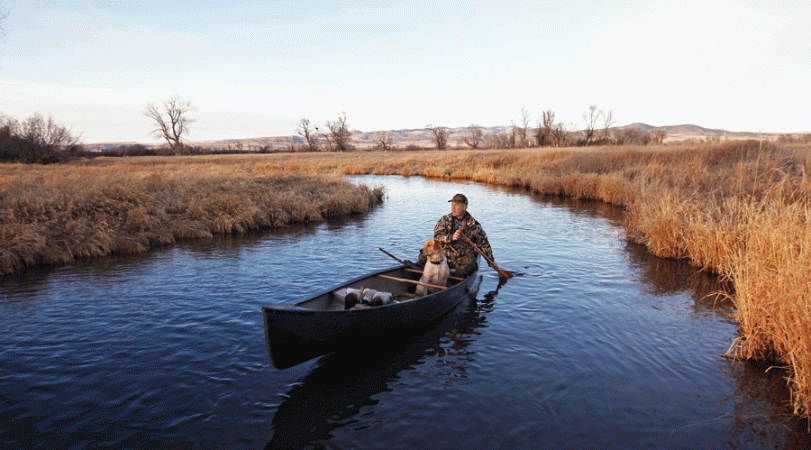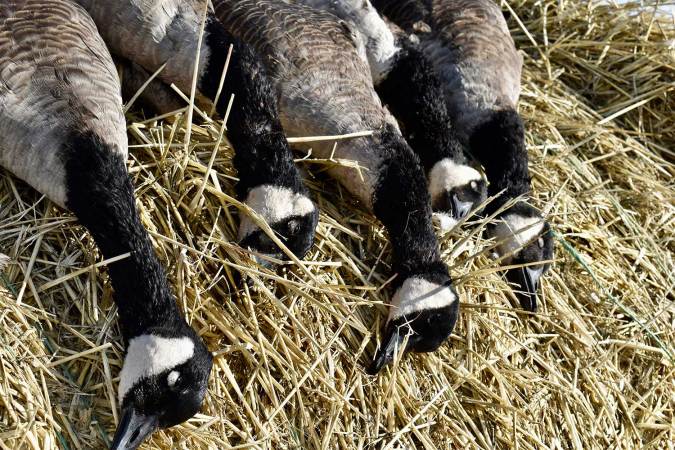My canoe silently cut its way though the narrow stream. Careful not to hit its sides with the paddle, I scanned the nervous water ahead. In this game, if you see the ducks first, you win. Otherwise, the outcome is up in the air.
Quaaaaack, quaaack, quaack! Luck was on my side; a hen mallard gave away her position.
I quickly paddled the 50 yards separating the ducks from me. Now only a small turn in the stream away, I could hear other ducks feeding. Two strong strokes of the paddle brought me face-to-face with a sight I didn’t expect–three dozen ducks. They scattered, but I managed a mallard and woodie.
Three days before, I had spied a flock of ducks pitching into a nearby wood lot. That evening, I looked over the area on a map. I was happy to find a small stream and planned a float hunt.
TOOLS OF THE TRADE
Gear needs while floating can be as basic as a canoe, gun and shells. For added success, bring some camo material, a handful of decoys and a duck call. It’s not unusual to set up a blind after a successful jump-shoot and wait for returning ducks.
My boat of choice is either a canoe or a small kayak-type craft made for duck hunting. Yours can be less specialized, as long as safety is addressed. Be sure to wear a personal flotation device. PFDs with an inflatable collar are easy to paddle and shoot with.
I pack a dozen Green Head Gear lightweight decoys of different species found in my hunting areas: six mallards, four wood ducks and some teal. In the later months, I replace the teal and woodies with wigeon, ringnecks and a couple of pintails.
Calls made specifically for timber hunting are ideal. Soft calling and lots of contented feeding chatter are deadly on small-water setups. If you’re not careful, you can easily blow the ducks away to the next county.
Find A Honey Hole
First look for rivers and streams that offer feeder creeks, bends, islands or swamps. Look for turns in the river to hide your approach. Stay to the inside of the turn so the brush and bank screen your movement.
A map of the river you are to hunt can be a great reference tool to look over as you paddle around. Pay particular attention when you get close to the loafing areas. If you find such resting places, but no puddlers are there at the time you pass by, take a look to see if birds have used the spot recently. You might be in a honey hole but visiting at the wrong time.
If you locate an out-of-the-way place with evidence of recent use, conceal your canoe or build a quick blind along the shore. Pay close attention to the wind direction; remember, ducks land into the wind. Place your decoys close to you. There’s no need to worry about setting decoys in a particular pattern. Ducks in small potholes tend to swim in groups of two or three. Just be careful not to bunch the decoys. That makes it look as if they are ready to leave or are worried about predators lurking nearby.

